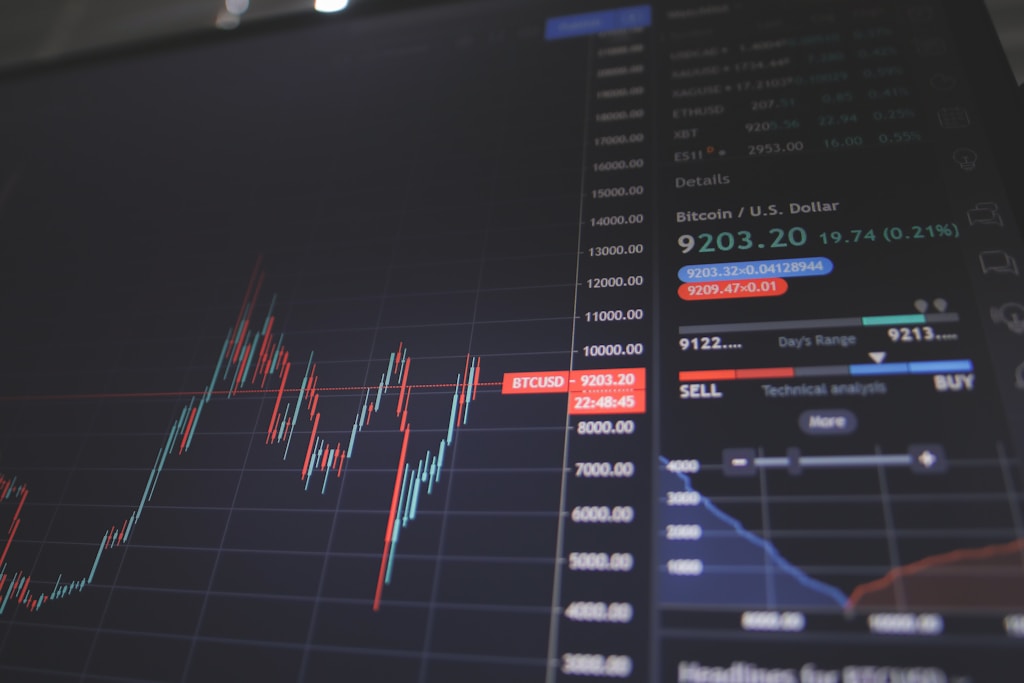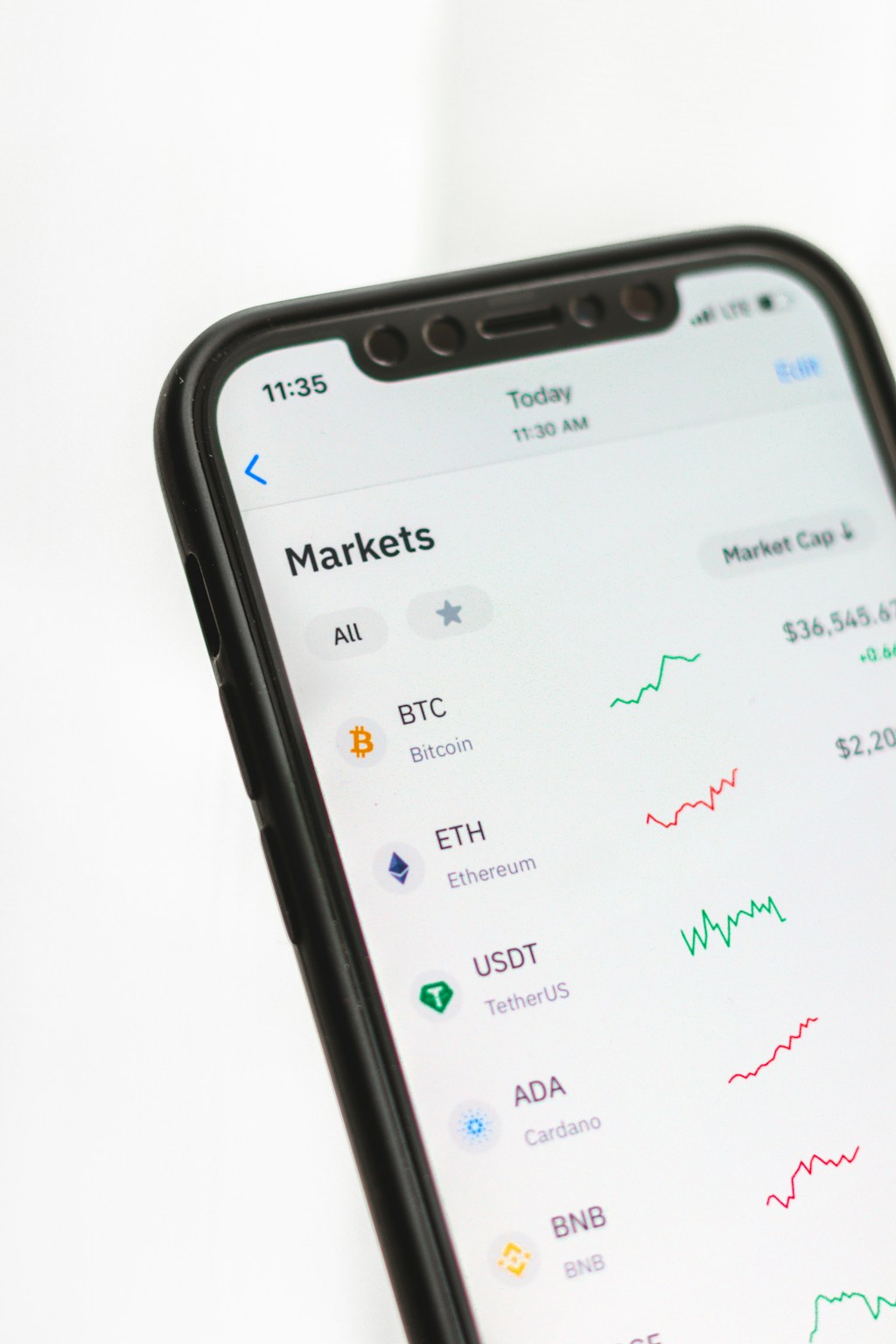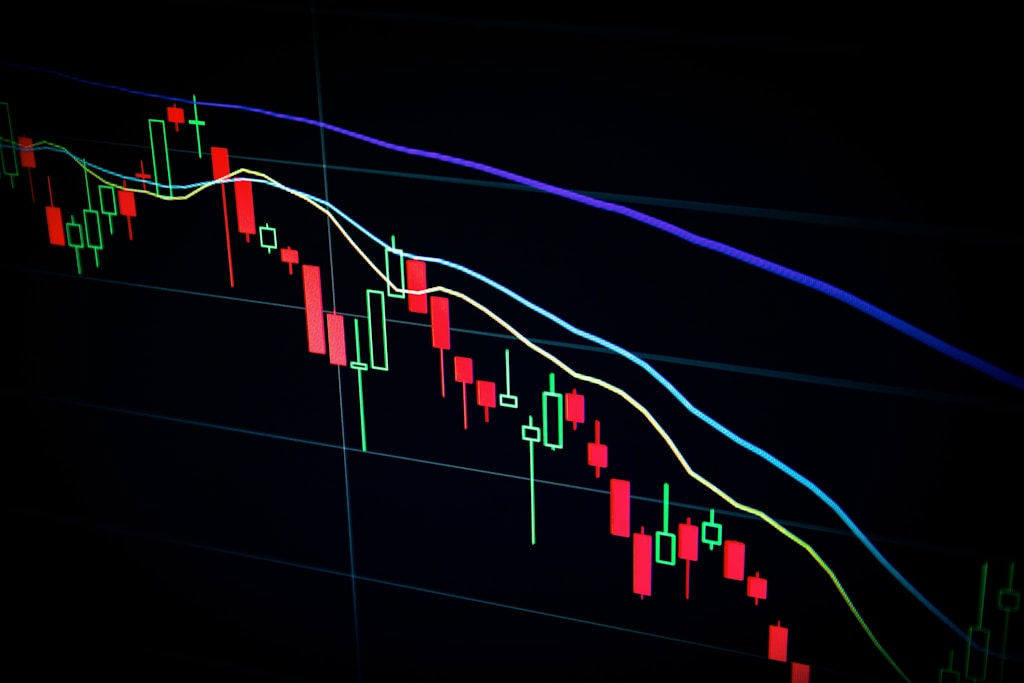In a significant development for the stablecoin market, Coinbase has secured a 50% share of Circle’s USDC reserve revenue, according to Circle’s recent IPO filing. This strategic partnership deepens the relationship between two of crypto’s most prominent players and signals a major shift in the stablecoin landscape.
Key Takeaways from Circle’s IPO Filing
- Coinbase will receive 50% of USDC reserve revenue
- The agreement strengthens the USDC ecosystem
- Circle’s IPO filing reveals deeper financial ties between the companies
This revelation comes as Circle prepares for its public market debut, marking a pivotal moment for the stablecoin sector. The revenue-sharing arrangement demonstrates the strategic importance of USDC in the broader cryptocurrency ecosystem.
Understanding the USDC Reserve Revenue Model
USDC reserves generate revenue through interest earned on the backing assets, primarily U.S. Treasury securities and cash deposits. This revenue stream has become increasingly significant as interest rates have risen and USDC’s market capitalization has grown.
Market Implications and Future Outlook
This revenue-sharing agreement could have significant implications for both companies and the broader stablecoin market:
- Enhanced stability for USDC ecosystem
- Potential for improved liquidity and market depth
- Stronger competitive position against other stablecoins
Frequently Asked Questions
How does this affect USDC holders?
The agreement doesn’t directly impact USDC holders but strengthens the overall ecosystem backing the stablecoin.
Will this influence USDC’s market position?
The partnership could enhance USDC’s competitive position through improved infrastructure and support.
What does this mean for Circle’s IPO?
This revenue-sharing arrangement provides additional transparency and could positively influence investor sentiment.








